Choose Your Weapon, Wisely

The purpose of carrying a handgun for self-defense is to have and not need, as opposed to needing and not having — especially when facing a deadly physical threat. However, there are times when you shouldn’t necessarily use a gun.
A violent physical threat may present itself, warranting lethal use of force, which in turn may justify deployment of your concealed carry handgun. However, there is the chance of a real-world threat being a lower-level event not warranting lethal use of force.
In situations where your firearm should not be, or cannot be used, what other solutions might you have at your disposal to solve the tactical problem? Listed in order of priority they are — your mind, your immediate environment and weapons of opportunity within your arms’ reach.
Your Mind
As humans, our mind is our most effective weapon. Eagles are born with powerful beaks and talons, while tigers are born with flesh-ripping claws. However, we humans, at birth, are the physically weakest of any mammals on earth. Over time, with the development of our minds, we have designed and detonated nuclear weapons. The power of our mind is what keeps us at the very top of the food chain.
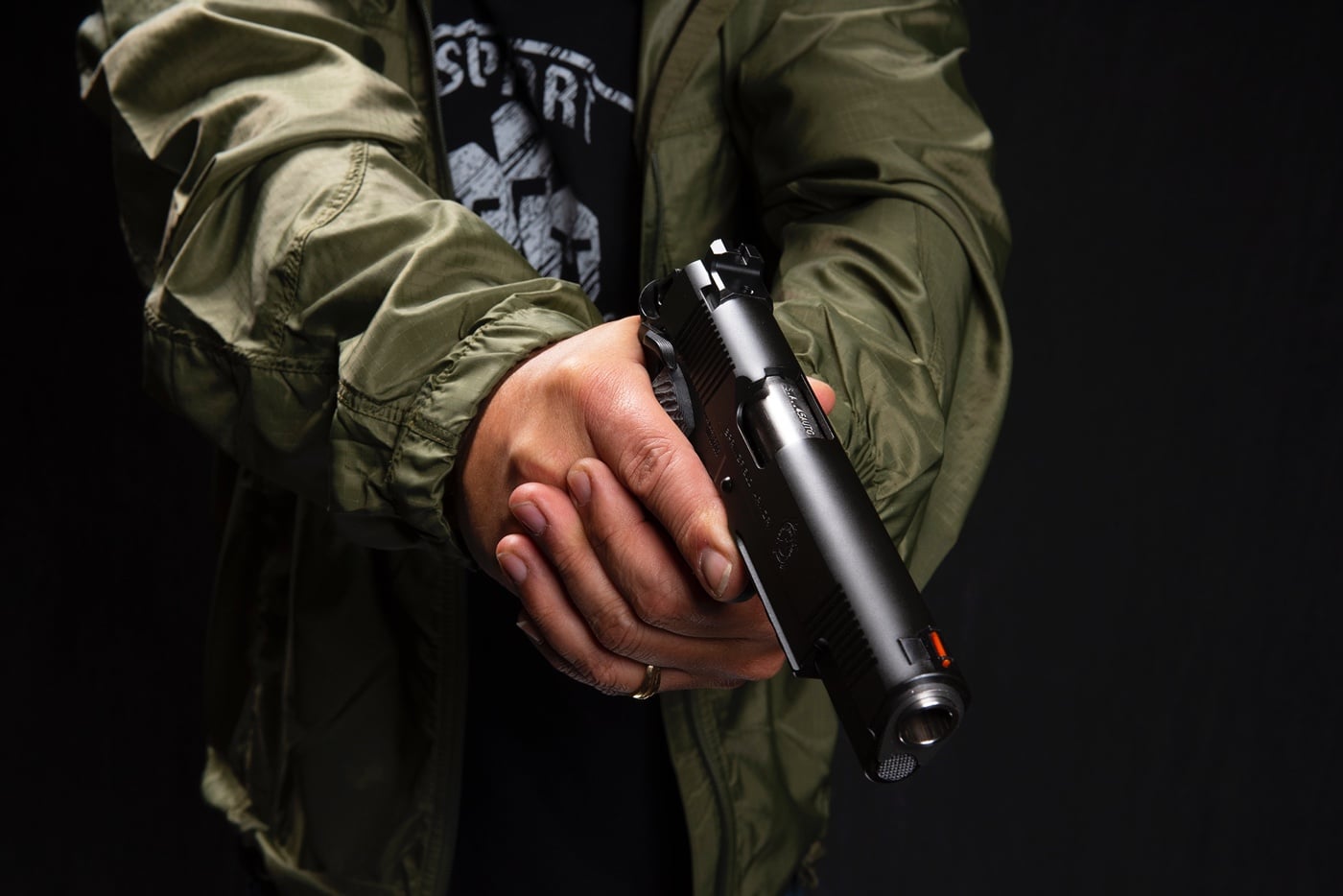
The mind is also the primary weapon of the very best of the best of our asymmetric warfighters. They are, of course, trained in multi-disciplinary physical skills such as shooting and hand-to-hand combat. However, when the rubber hits the road, they rely primarily on their ability to solve the tactical problem utilizing the brain house grouping, their most powerful weapon. All else is secondary.
In the world of professional protection, highly trained protection experts such as the U.S. Secret Service, U.S. State Department and other federal agency protective services personnel also undergo extensive firearms and defensive tactics training. However, just like special operations personnel, the primary objective of the very highest skilled protection experts is avoidance. They are at the tip of the protection spear when it comes to preventive measures.
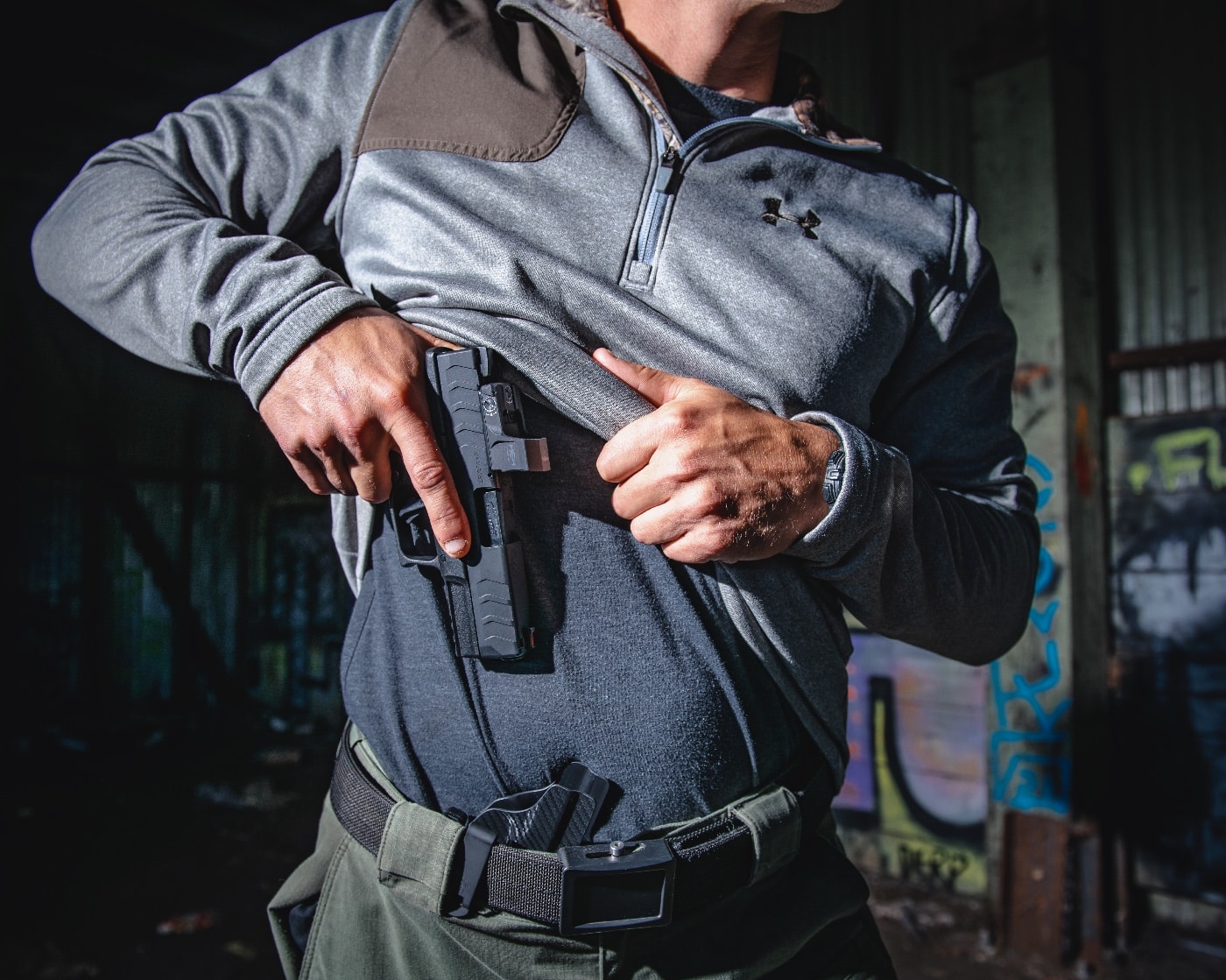
Think about if you’re a protective agent with your protectee(s) and your very first response to a low-level threat is to immediately go to guns. Well, this doesn’t give your opponent many other options other than to shoot back if they are armed. This places your protectee(s) at exponentially higher risk.
When it comes to your family, you are your own protective agent. Your protectee(s) are your spouse, kids and/ or other family members. Your highest priority is to move them (and you) off the “X,” get them to safety, avoid injury, and not expose them to a full-blown firefight.
Your Environment
Wisely using your most effective weapon and avoiding an emerging threat is, of course, the “A” answer. However, it may be the case that you didn’t see it coming, and now, instead of being proactive, your only remaining options to solve the tactical problem are reactive. Failing avoidance, you must be able to effectively respond to an active threat.
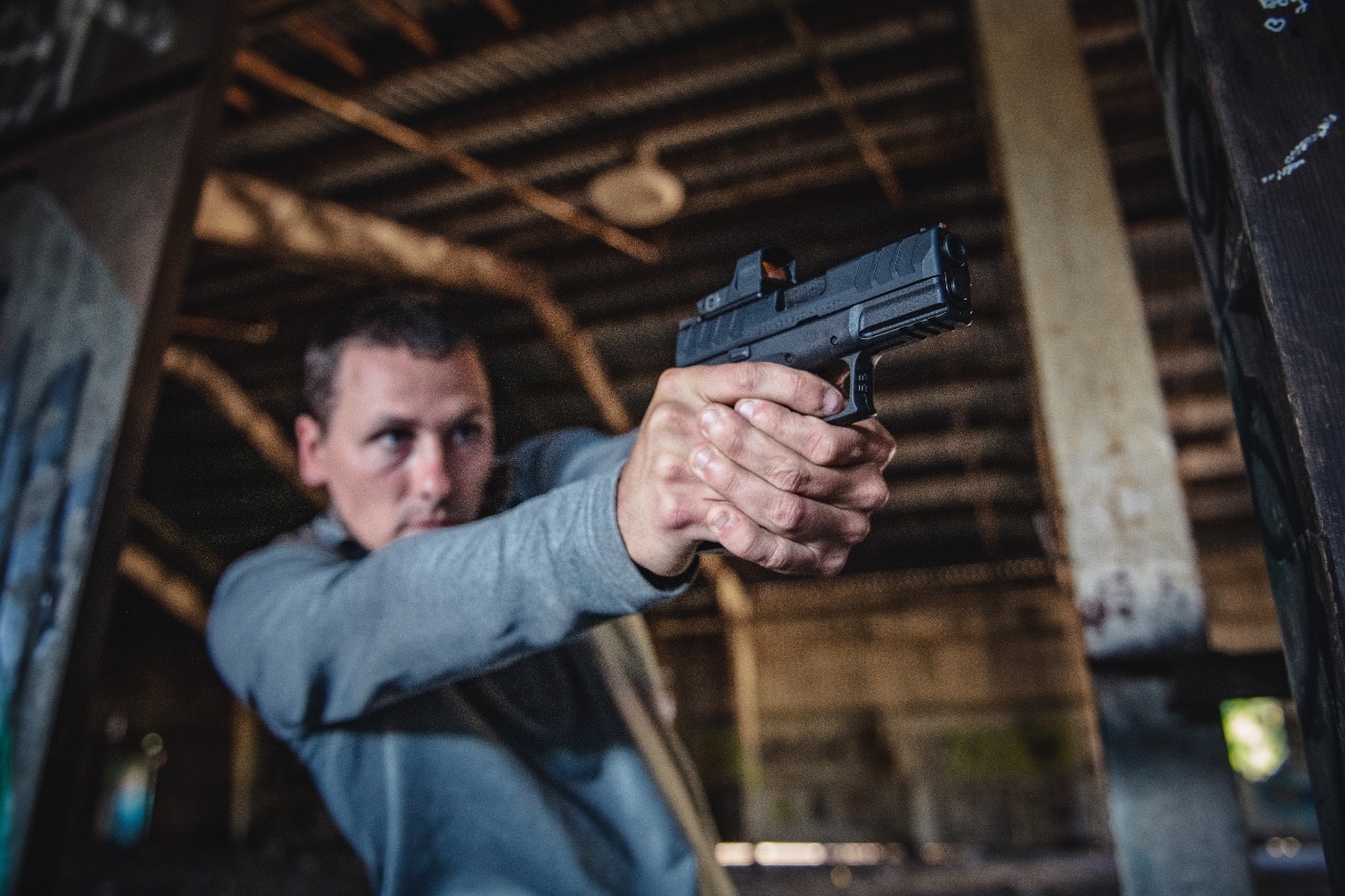
Visualize yourself with your family in a crowded restaurant seated in a booth or at an open table. You didn’t notice a small group of armed assailants entering through a hidden side door about 25 yards from you. All of a sudden, you hear gunshots, look up and notice that they are moving toward you.
Could you go to guns? Yes, it is most certainly a response option. Could you also use your environment? When you were initially seated you clearly identified the nearest cover and exits. In this situation, you happen to be adjacent to a brick knee wall right next to the kitchen. Most kitchens have an exterior door. Again, you’ve already identified these factors and have formulated a pre-event plan in your mind that if it hits the fan, you’re pulling your family behind this knee wall and moving toward the kitchen and out that back door.
As these active shooters continue to shoot and move in your direction, you end up utilizing good cover, move your family through the kitchen and out the back door to safety.
In reviewing your after-action report, you fully assess the incident success factors: Is everyone mobile? Are all without injury? Have you decreased or eliminated the threat impact to your protectee(s)? Did you at any point endanger the lives of others using your firearm? Are you in a more advantageous and legally defendable situation?
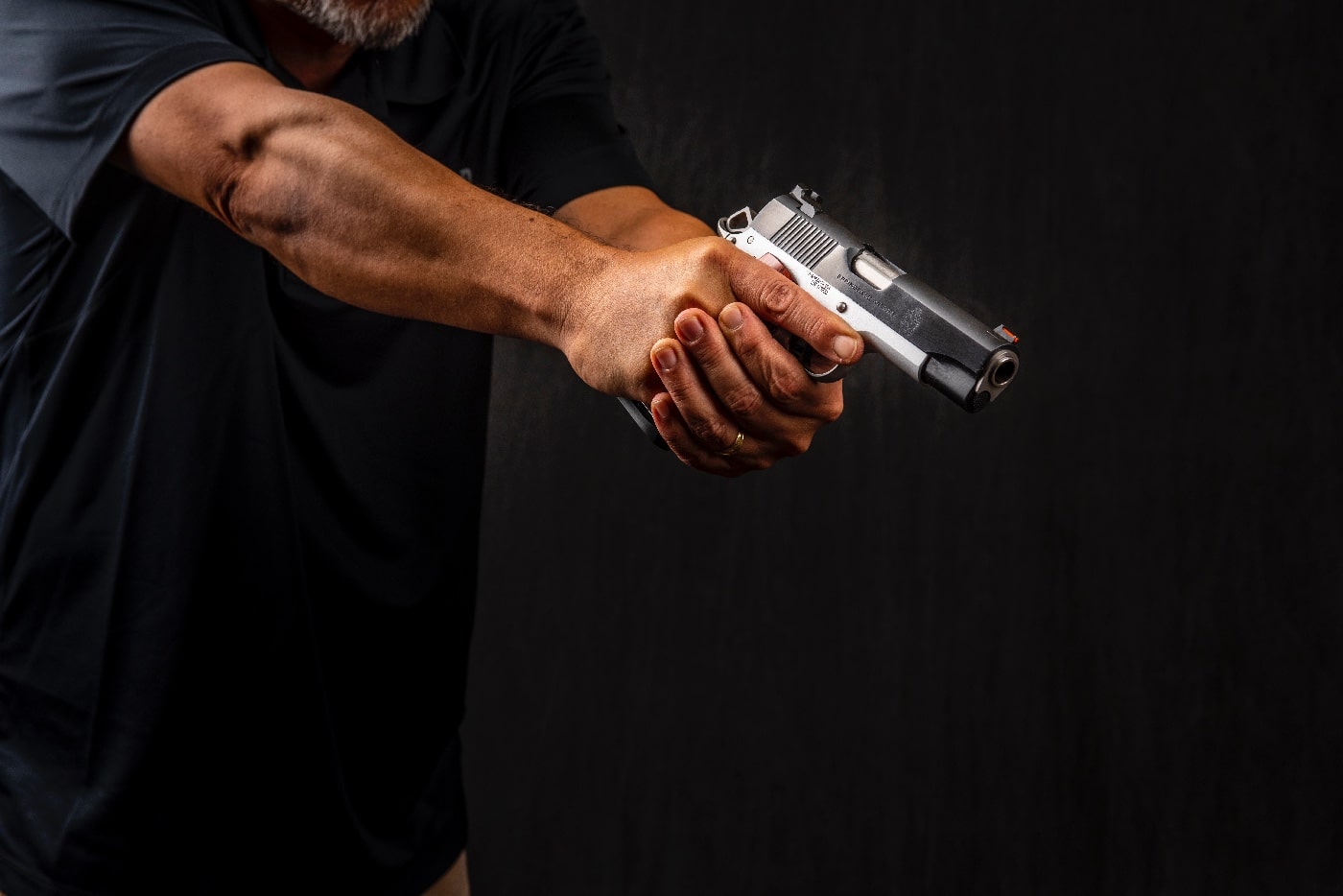
Compare these factors to those if you instead decided to go to guns. If you had to shoot, could you have guaranteed your backstop for a clear shot in a crowded restaurant? Staying on or near the “X”, would your protectees have avoided being hurt? What would have been their, and your, potential injury if you stayed and slugged it out toe-to-toe with your gun? Which of the two was the more tactically sound decision? To engage in a gunfight with your family on the “X”, or to use your environment to solve the tactical problem?
Improvised Weapons
Changing the deadly threat scenario, you’re now at home in your kitchen with the music cranked when suddenly you turn and find yourself face-to-face with three home invaders intent on harming you and your family.
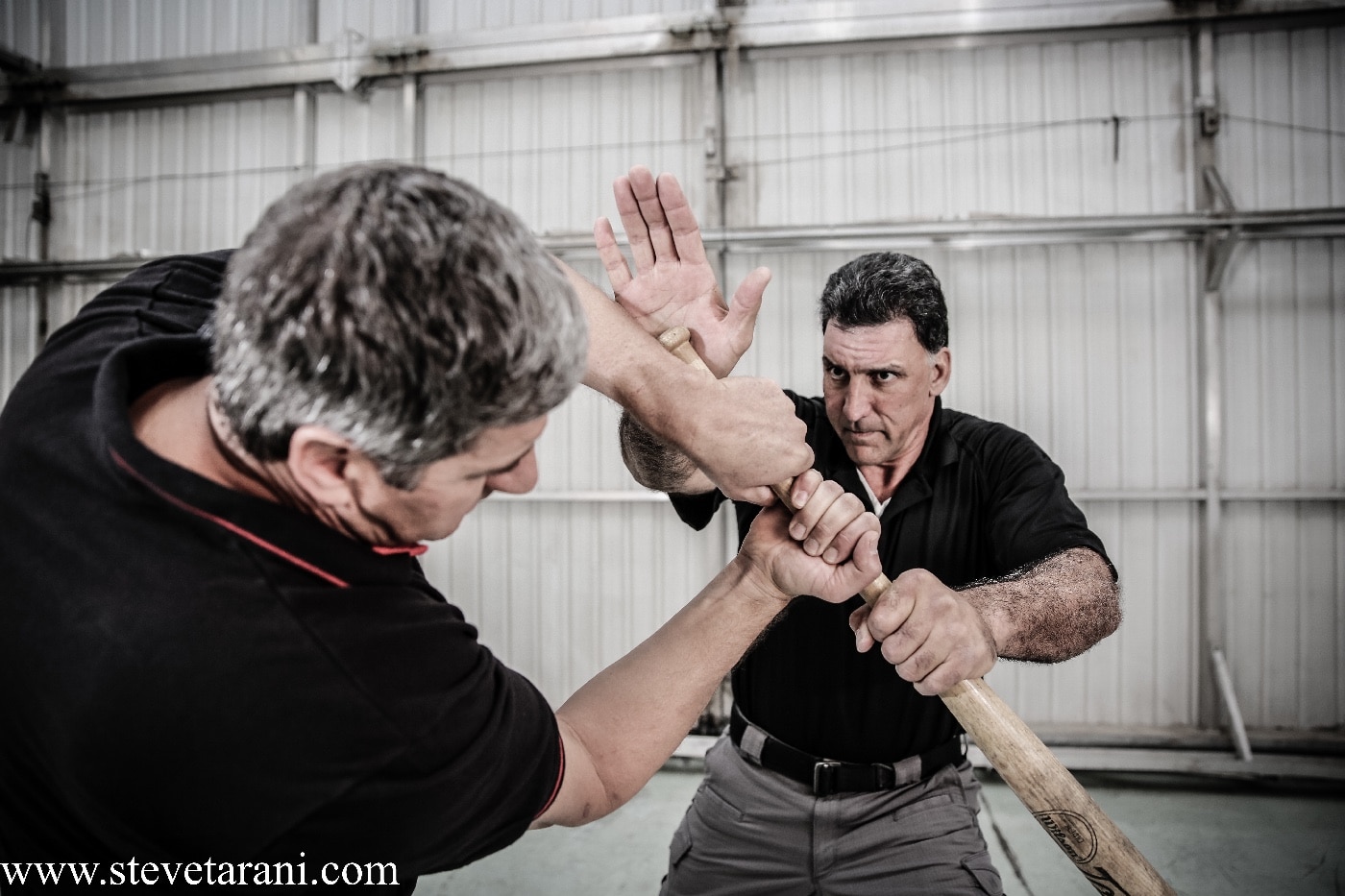
You have been hanging out in the kitchen and you do not have your gun on your body, but it is nearby. Given the proximity of the attackers and the distance to your gun, the firearm is not an immediate response option.
Fearing for your life and limb, as well as the safety of your family, you reach for the nearest impact or edged weapon at hand in the kitchen, to apply defensive measures. This would be to buy you the time and opportunity to access your firearm. Such improvised weapons are all around us, whether at home, at work or elsewhere.
Conclusion
Yes, there are times when you shouldn’t use a gun, with other problem-solving options in the mix. Your primary tool in any threat management scenario is your mind. It’s your most readily accessible weapon, and it affords you the tactical advantage of proactive measures.
Failing your mind, you can use your immediate environment to your advantage. Identifying usable cover and readily accessible exits beforehand is the key. In using your environment, your primary objective is to move your protectees and yourself off that fateful “X” and to a safer area.
Failing use of your mind and use of your environment, you still have the remaining viable option of deploying non-ballistic improvised weapons.
These three alternatives to using a firearm are always at your disposal, affording you options before you might be faced with your only remaining decision — to choose your weapon.
Editor’s Note: Please be sure to check out The Armory Life Forum, where you can comment about our daily articles, as well as just talk guns and gear. Click the “Go To Forum Thread” link below to jump in!
Join the Discussion
Read the full article here









